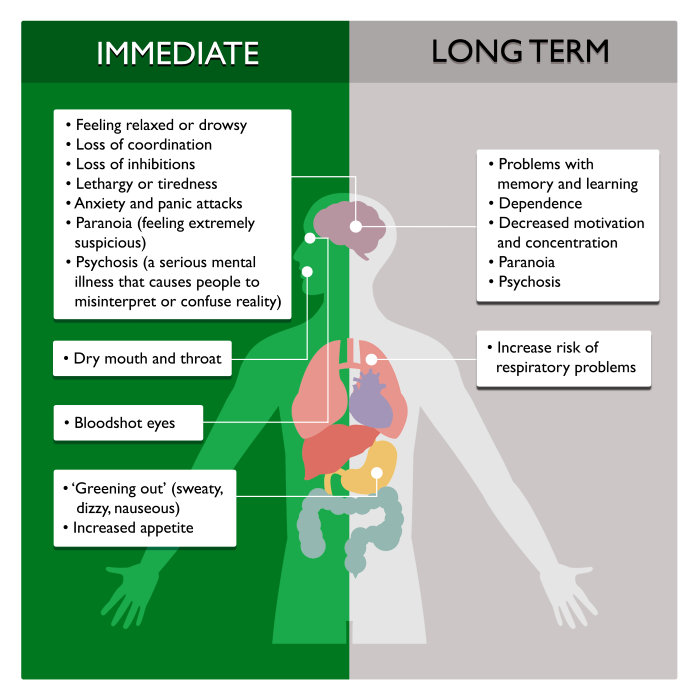What is Cannabis?
In Australia, cannabis is also known as grass, pot, dope, weed, joints, mull, hydro, yarndi, ganja, bud, or green.
Cannabis is derived from the plant Cannabis sativa. The main active ingredient responsible for the ‘high’ produced by cannabis is called delta-9-tetrahydrocannabinol or THC.
Cannabis is produced in three main forms:
- Cannabis herb (also known as marijuana) - the dried flowering tops/buds and leaves of the cannabis plant.
- Cannabis resin (also known as hashish) - the resin of the cannabis plant.
- Cannabis oil (also known as hash oil) - a thick oil obtained from hashish.
While hashish and hash oil contain more THC than marijuana, they are not widely used in Australia. Cannabis is typically smoked and often mixed with tobacco. It is also sometimes added to food and eaten.
How many young people have tried Cannabis?According to the 2022-2023 Australian secondary schools' survey, 1 in 14 students (7%) aged 12-17 used cannabis in the past month.
Personal Stories“The last time I had a joint was one of the worst nights of my life. I felt like I wasn’t aware of time and that I was losing my mind. My heart was racing and I thought I was going to have a heart attack. It’s difficult to explain but it was a truly terrifying experience that has made me never want to touch weed again.”
-Thomas, 15
What are the effects of Cannabis?If smoked, the effects are often felt quickly as THC is rapidly absorbed into the lungs and can enter the bloodstream within minutes.
The effects of cannabis can be immediate or long term, as listed in the table below.
| Immediate |
Long-term |
| Increased appetite |
Problems with memory and learning |
| Feeling relaxed or drowsy |
Dependence (see glossary) |
| Loss of co-ordination |
Decreased motivation and concentration |
| Loss of inhibitions |
Increased risk of respiratory diseases |
| Bloodshot eyes |
Paranoia |
| Dryness of the mouth and throat |
Psychosis |
| Lethargy or tiredness |
|
| ‘Greening out’ (feeling sweaty, dizzy, nauseous, vomiting) |
|
| Anxiety and panic attacks |
|
| Paranoia (feeling extremely suspicious) |
|
| Psychosis (a serious mental illness that causes people to misinterpret or confuse reality) |
|

Common Myths
Myth: It is safe to drive after using cannabis.
Using cannabis can increase the likelihood of a car crash by 2-3 times (200-300%) with some studies presenting higher estimates. Cannabis slows down thinking, reflexes and reduces concentration and co-ordination. As a result, cannabis affects the way you do tasks and activities.
Evidence BaseThis factsheet was developed following expert review by researchers at the Matilda Centre for Research in Mental Health and Substance Use at the University of Sydney, the National Drug & Alcohol Research Centre at the University of New South Wales, and the National Drug Research Institute at Curtin University.
See Teacher booklet, Parent Booklet or Student Booklet for more information and a list of sources.